While late to the race for colonial empire Germany wasted no time trying to catch up, and it soon fitted its armies in khaki uniforms, even as the German presence in her colonies varied widely.
For use in Europe the German army adopted a field gray (“feldgrau”) that proved to be as unsuitable in Africa as the British scarlet had been in India. The Germans thus looked to its own tan-based uniforms.
“As with their colonies, the Germans were late comers to the use of khaki, mainly because they didn’t fight abroad until the 1880s” explained British militaria collector Chris Dale, who has written on the subject of German colonial uniforms. “The first use of khaki was the Wissmanntruppe in 1889 in East Africa, while in 1891 the Schutztruppe uniform regulations refer to that color as ‘Khaki Brown Drill.’”
While Dale noted there are no documents that he has seen that support the theory that the Germans essentially copied the British color, he does believe that this is the most likely scenario. He adds that the use of khaki spread to all German colonies and military outposts, including those in the Pacific, Africa and China, and were further used in the Balkans and Palestine during the First World War.
It was during the First World War when khaki was essentially used on the battlefield by both sides, and in East Africa the British, South Africans, Portuguese and Belgian forces faced off against the Germans all in very similar shades of khaki and in uniforms that had very similar cuts and patterns.
As with the British uniforms, the Germans had many variations on the color and shades, in part because of the complexity of the German colonial administration, and varied branches of services that oversaw the colonies and their respective defense.
“The Germans in South West Africa also used brown corduroy uniforms, not strictly khaki but a shade called ‘Sand Colour’ in the regulations,” added Dale. “In fact the corduroy they used varied from pale khaki to a greyish brown, and it was used from 1889 onwards.”
If the Germans hadn’t copied the British color or patterns, they did rely on British fabric Dale suggested, “The first corduroy used by the Germans was made in the cotton factories of Lancashire, U.K.”
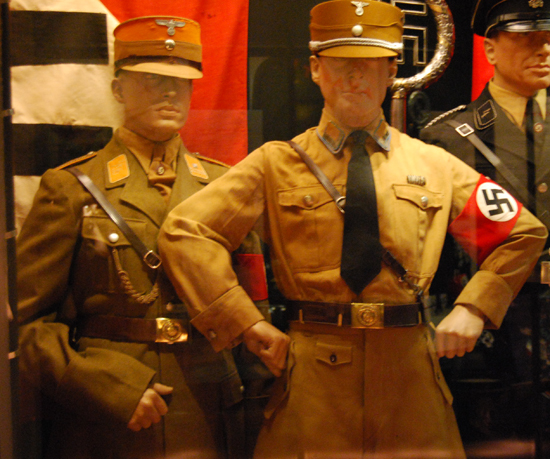
Two “Brown Shirt” uniforms of the early Nazi Party in the Imperial War Museum in London – this shows that while the fabric color is similar to the colonial uniforms the patterns are quite different
He says that later the Germans made their own corduroy, and adds that the German tropical uniforms may have had another use after the war. There is a common theory that the early Nazi-party, the so-called “Brownshirt” uniforms, were actually an early German military surplus, and that the Nazis reused the Schutztruppe khaki uniforms.
“I’ve never seen any proof of it,” said Dale. “And if they did it would only have been the reams of the cloth, as the cut of the two uniforms was quite different.”
It wasn’t the last time that the German military adopted a khaki colored uniform either, and the Afrika Korps were outfitted in tropical uniforms. Practically as soon it became apparent that the German Army would be involved in the Mediterranean and Middle East, the Tropical Institute of the University of Hamburg was called upon to design a new uniform.
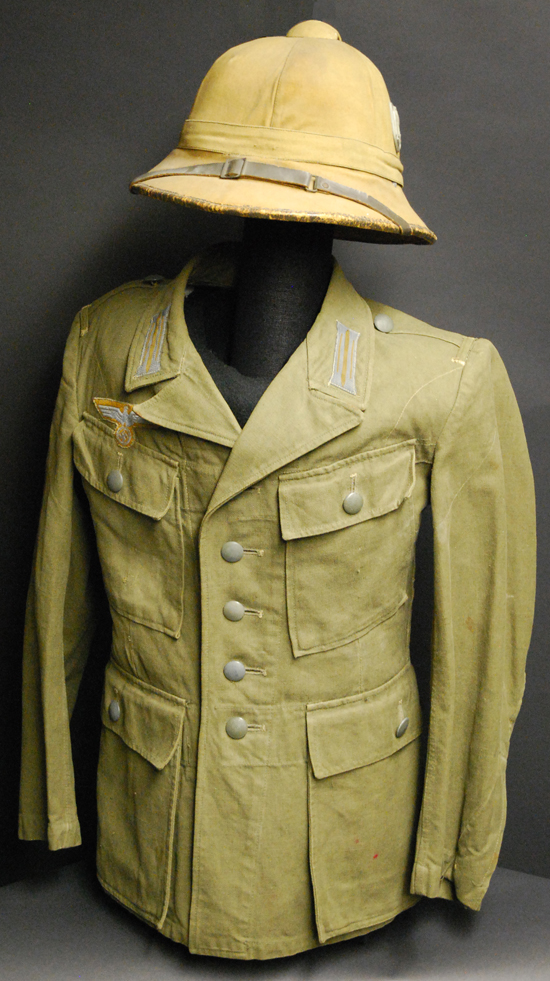
The infamous Afrika Korps used a variety of tan colors that were essentially based on khaki. This M41 pattern was among the first pattern jackets used in North Africa and Southern Europe (author’s collection)
Thomas wrote in his book The German Army 1939-45: North Africa & Balkans that these were based on the German colonial uniforms used until November, 1918 and “most items of the M1940 tropical uniform were manufactured in ribbed heavy cotton twill or cotton drill.” He described the color as being “light-olive.” This evolved into the sandy brown or “tan” M1941 pattern uniforms, which were used not only in North Africa, but throughout the Mediterranean and the Balkans.
Peter Suciu

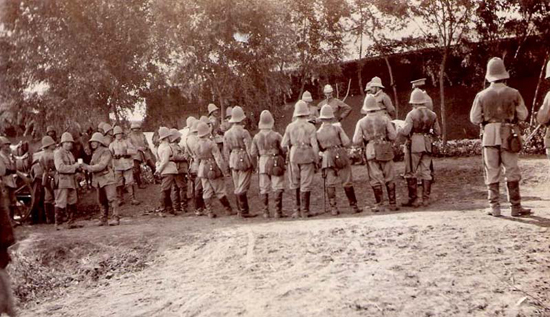
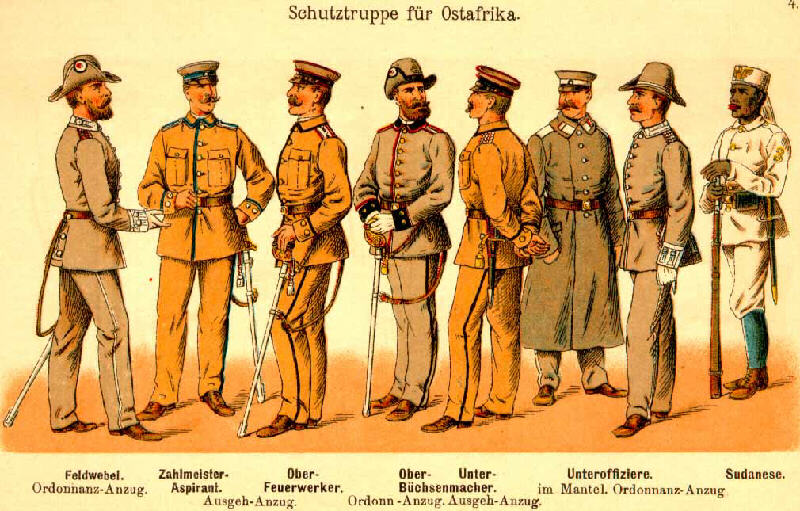
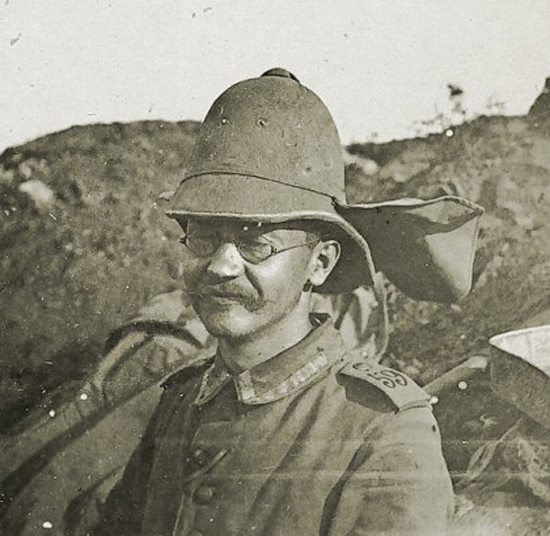
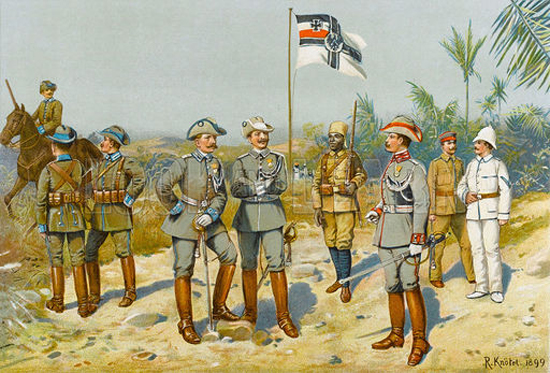
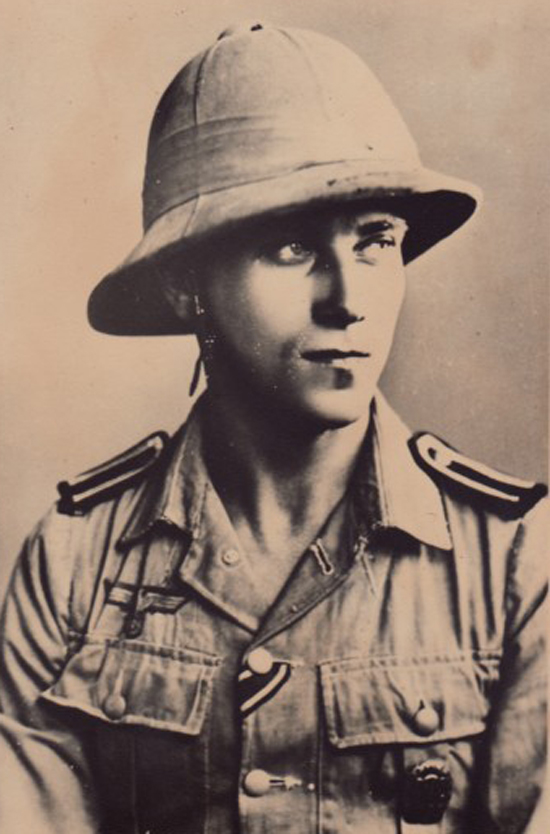
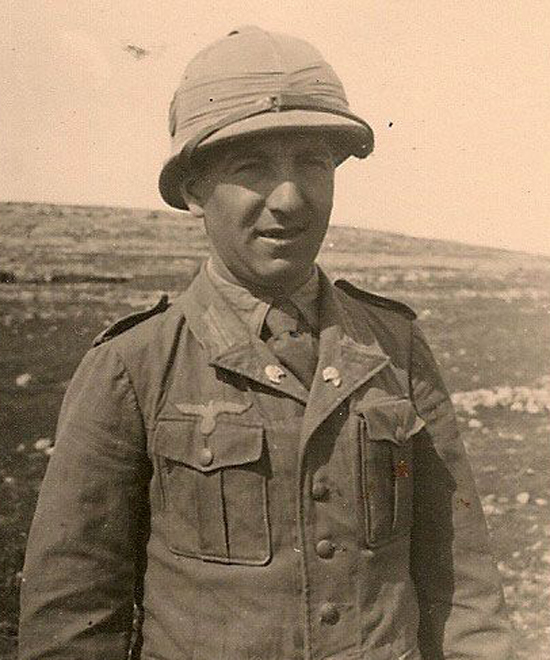
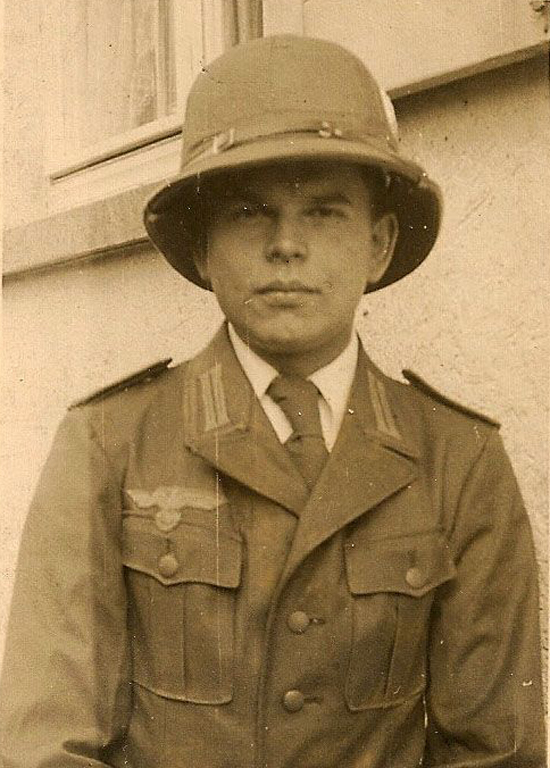
Pingback: 2017 Rocky Mountain Fur Con Canceled | Costuming, Cosplay & Costume Clubs 101
Pingback: More on the Cancellation of the 2017 Rocky Mountain Fur Con | Costuming, Cosplay & Costume Clubs 101